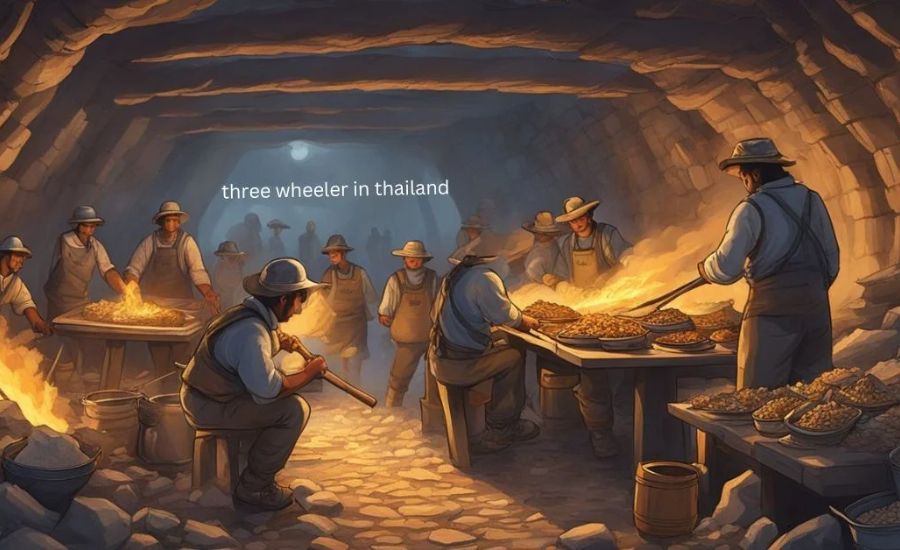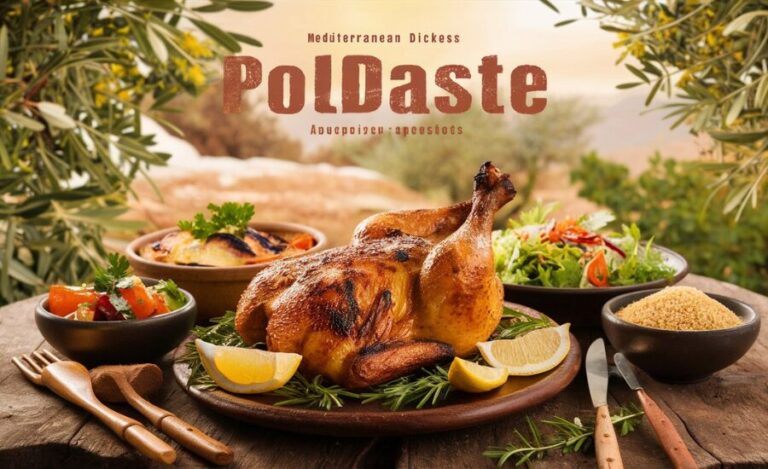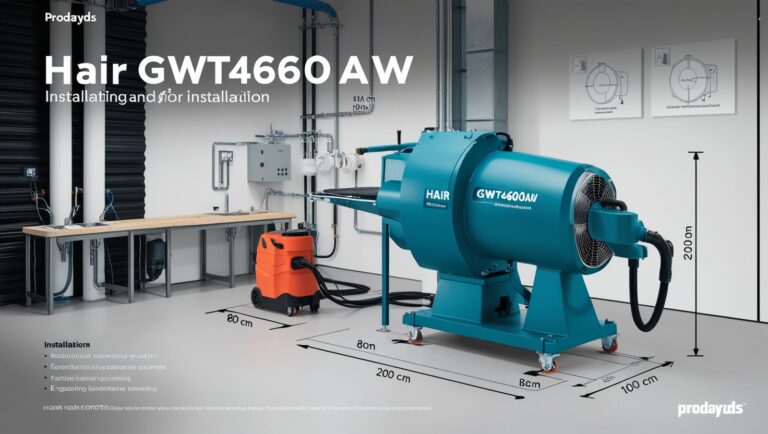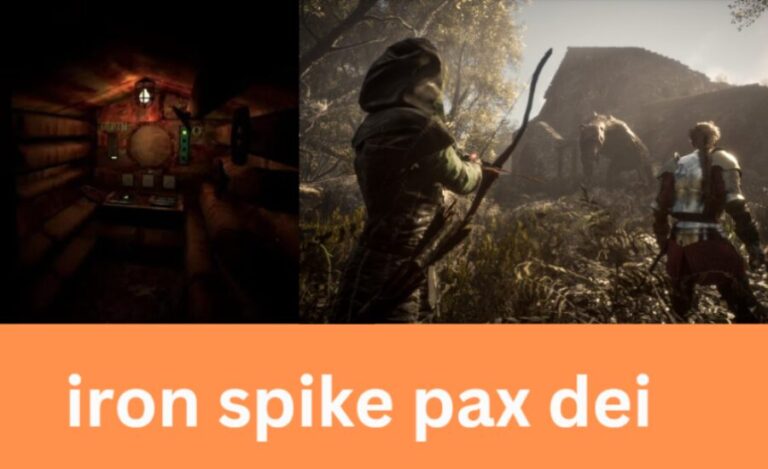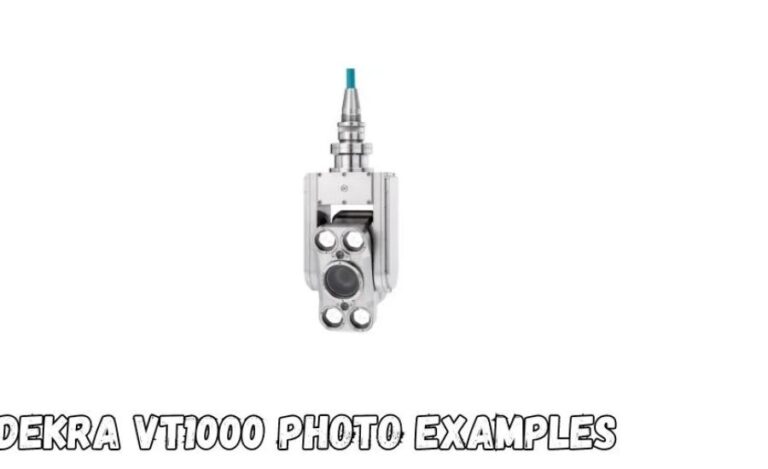Old Mexican Mining Ovens Economic Impact, Modern Relevance, & More
Introduction
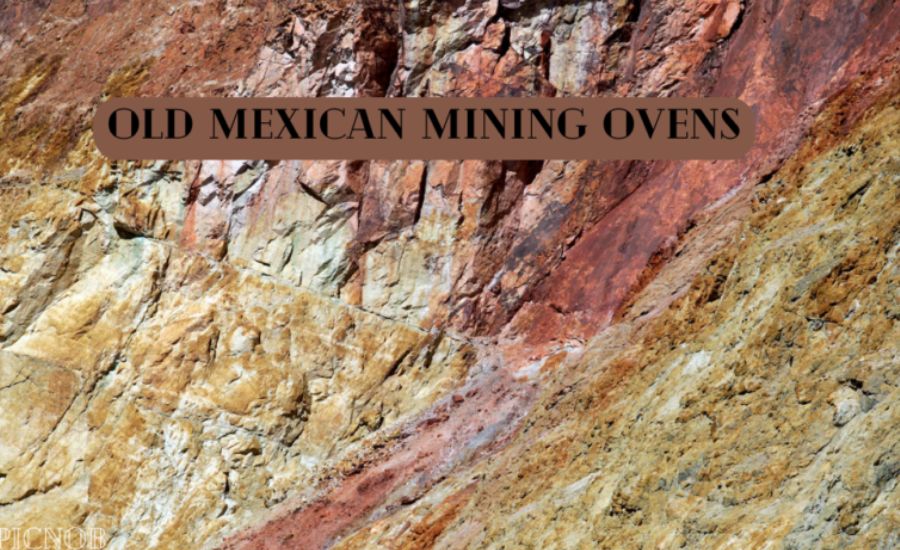
Mexico’s different scenes are not just celebrated for their energetic social legacy and shocking normal excellence yet additionally for their authentic commitments to the worldwide mining industry. Among the frequently neglected parts of this set of experiences are the old Mexican mining broilers, referred to locally as “hornos de cal.” These stoves were instrumental in the advancement of Mexico’s mining industry, particularly during the pioneer and early post-provincial periods. This article investigates the set of experiences, engineering, and social meaning of these old mining stoves, featuring their job in molding Mexico’s financial and social texture.
Historical Background

The Rise of Mexican Mining
Mining has been a basic piece of Mexican history since old times. Pre-Columbian developments, including the Aztecs and Maya, were known to concentrate and utilize different minerals. Notwithstanding, the mining business saw an emotional change with the appearance of the Spanish in the mid sixteenth hundred years. The Spanish triumph brought progressed mining strategies and an intense mission for valuable metals, especially silver. The disclosure of immense silver stores in locales like Zacatecas and Guanajuato moved Mexico to the very front of the world’s silver creation, a status it kept up with for quite a long time.
The Advent of Mexican Mining Ovens
As mining exercises extended, the requirement for proficient mineral handling techniques became basic. This prompted the rise of the “hornos de cal” or lime furnaces, which were utilized fundamentally for the creation of quicklime. Quicklime, or calcium oxide, was a critical part in the refining system, where it filled in as a transition to assist with isolating pollutants from metals during extraction. By warming limestone in these broilers to high temperatures, it was separated into lime and carbon dioxide, giving the fundamental quicklime expected to different mining activities.
Architectural Features of Old Mexican Mining Ovens
Construction and Design
The old Mexican mining stoves are recognized by their remarkable building highlights, intended to endure the extreme intensity expected for lime creation. Normally worked from privately obtained materials, for example, stone or adobe, these stoves mirror the inventiveness and versatility of their manufacturers. The plan frequently differed relying upon nearby geographical circumstances and the accessibility of assets, however certain key parts were normal to most stoves:
- Chimney stack: A tall, restricted chimney stack worked with the proficient ejection of gases and smoke produced during the lime-consuming interaction.
- Oven Chamber: Here limestone was set and warmed. The chamber was generally round and hollow or vault formed to guarantee even intensity conveyance.
- Firebox: Situated at the foundation of the broiler, the firebox housed the fuel, which was commonly wood or charcoal, used to produce the vital intensity.
- Drafts and Vents: These openings took into consideration air course and temperature control inside the broiler, essential for keeping up with the high temperatures required for lime creation.
Variations Across Regions
The plan of mining stoves changed fundamentally across various areas of Mexico, mirroring the different nearby assets and mining rehearses. In certain areas, broilers were incorporated into slopes or normal stone arrangements, exploiting regular protection and upgrading heat maintenance. In different locales, more complicated structures were developed to satisfy the needs of bigger mining tasks. These territorial transformations highlight the flexibility of the hornos de cal and their significance in Mexico’s mining history.
The Role of Mining Ovens in the Mining Industry
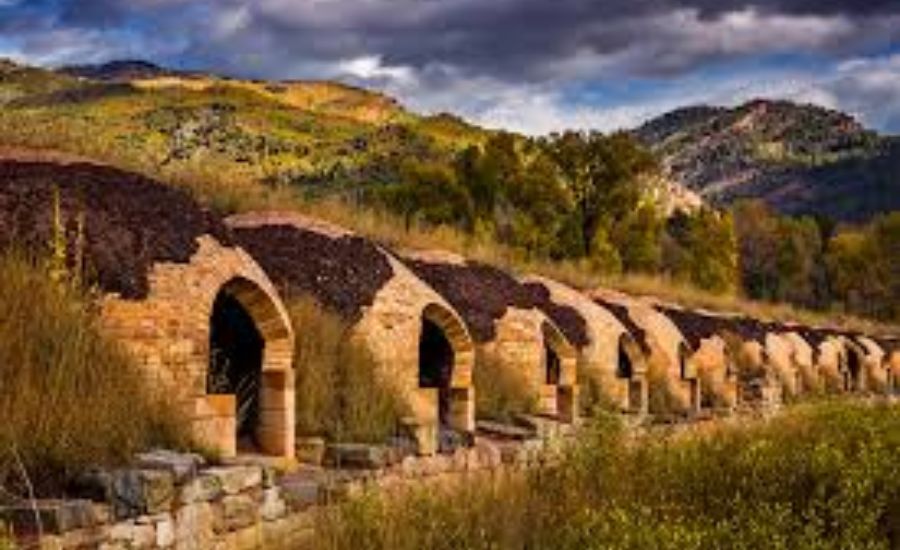
Lime Production
The essential capability of the old Mexican mining stoves was the development of quicklime, a pivotal component in the purifying system used to remove silver and different metals from mineral. Quicklime went about as a transition, assisting with isolating pollutants from the metal and work on the effectiveness of the purifying system. This job made the broilers basic to the mining business, straightforwardly influencing the efficiency and outcome of mining tasks.
Economic Impact
The creation of quicklime had a critical financial effect during the provincial time frame. Past its utilization in mining, lime was additionally sought after for development and horticultural purposes. The thriving mining industry powered Mexico’s monetary development, and the productive activity of the hornos de cal was fundamental to this flourishing. The far reaching utilization of quicklime in development projects, like structure streets, houses of worship, and other foundation, further highlighted its financial significance.
Labor and Community
The activity of mining stoves was work escalated, requiring talented specialists who grasped the complexities of lime creation. Native people groups frequently shaped the heft of the labor force, and they were regularly exposed to unforgiving working circumstances under the provincial system. Notwithstanding these difficulties, the presence of these stoves prompted the development of mining networks. Settlements jumped up around significant mining destinations, adding to the advancement of neighborhood economies and framework.
Cultural and Historical Significance
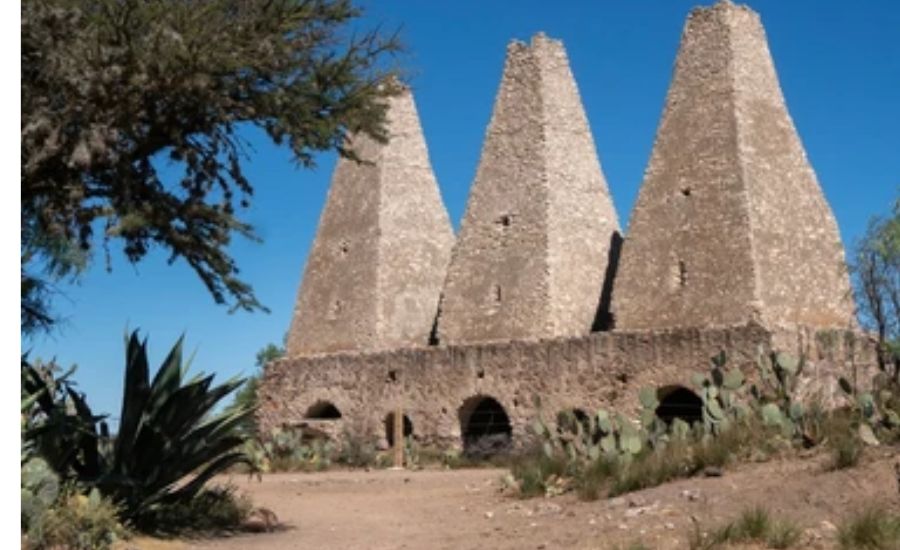
Legacy of Mining Ovens
Old Mexican mining stoves are something beyond modern relics; they are images of Mexico’s rich mining legacy. A large number of these broilers have been safeguarded and are currently perceived as significant social and verifiable milestones. They offer significant bits of knowledge into the mechanical headways and monetary acts of the past, featuring the job of mining in molding the nation’s set of experiences.
Preservation and Tourism
Lately, endeavors to save and safeguard these noteworthy designs have heightened. A considerable lot of the mining broilers are presently remembered for legacy destinations and galleries, furnishing guests with a brief look into Mexico’s mining history. These destinations act as instructive devices, assisting general society with understanding the authentic meaning of mining and the commitments of the workforce in question. The travel industry based on these legacy locales likewise assumes a critical part in bringing issues to light and producing assets for protection endeavors.
Modern Relevance
The investigation of old Mexican mining stoves keeps on holding significance today, both for present day enterprises and authentic examination. The conventional strategies utilized in these stoves give important examples in lime creation that can illuminate contemporary practices. Also, understanding the innovative headways of the past assists scientists with acquiring further bits of knowledge into authentic mining advancements and their development over the long run.
Challenges and Future Directions
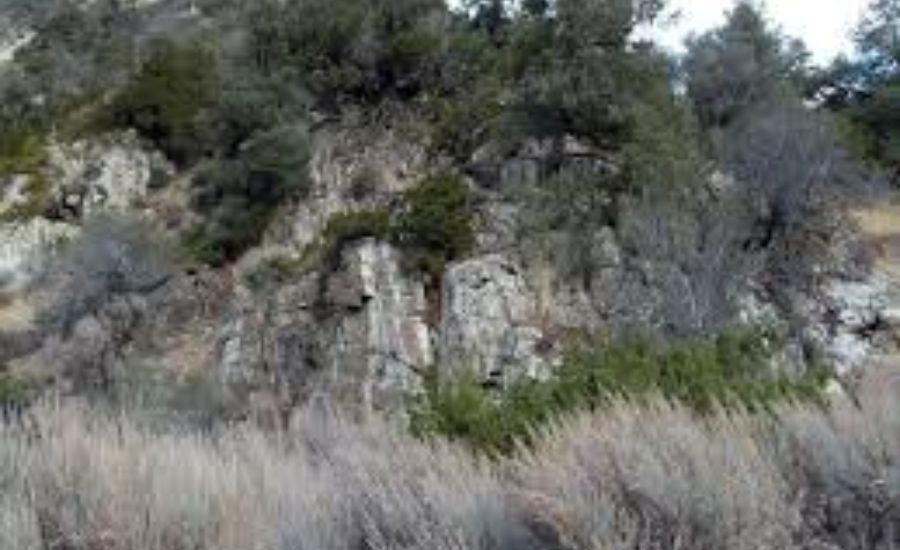
Conservation Efforts
In spite of their verifiable significance, numerous old Mexican mining stoves face difficulties connected with protection and safeguarding. Regular disintegration, defacement, and an absence of financing present critical dangers to the respectability of these designs. Preservation endeavors require cooperation between nearby networks, antiquarians, and moderates to foster systems that secure and keep up with these social milestones for people in the future.
Promoting Awareness
Raising public mindfulness about the verifiable and social worth of these digging broilers is fundamental for their conservation. Instructive projects, local area contribution, and the travel industry drives can assist with featuring the significance of these destinations. By cultivating a deep satisfaction and association with their legacy, networks can assume an essential part in the protection of these notable broilers.
Research and Documentation
Continuous exploration and documentation are significant to grasping the full verifiable setting and mechanical parts of these mining broilers. Archeological examinations, authentic records, and oral chronicles give significant bits of knowledge into their job in Mexico’s mining industry. Extensive documentation endeavors likewise guarantee that information about these designs is saved, helping future exploration and preservation drives.
Facts
- Historical Context:
- Mining has been integral to Mexican history since pre-Columbian times, with ancient civilizations like the Aztecs and Maya engaged in mineral extraction.
- Spanish colonization in the 16th century introduced advanced mining techniques and heightened the pursuit of precious metals, particularly silver.
- Major silver deposits were discovered in Zacatecas and Guanajuato, positioning Mexico as a leading silver producer globally.
- Mexican Mining Ovens (Hornos de Cal):
- These ovens were crucial for producing quicklime (calcium oxide), essential in the refining process to separate impurities from metals.
- Limestone was heated in these ovens to produce quicklime and carbon dioxide, which was then used in mining operations.
- Architectural Features:
- Constructed from local materials like stone or adobe.
- Key features include a tall chimney stack for gas expulsion, a chamber for heating limestone, a firebox for fuel, and various vents for temperature control.
- Designs varied by region based on local resources and needs.
- Economic and Social Impact:
- Quicklime production was central to mining and had additional uses in construction and agriculture.
- The mining industry’s success fueled economic growth and the development of mining communities, often staffed by indigenous labor under challenging conditions.
- Cultural Significance:
- Many of these old ovens are now recognized as cultural and historical landmarks, offering insights into Mexico’s mining heritage.
- Preservation efforts have included integrating these sites into heritage tours and museums.
- Modern Relevance:
- Study of these ovens provides valuable lessons in traditional lime production techniques and historical advancements in mining technology.
Summary
Old Mexican mining ovens, or “hornos de cal,” were vital in the development of Mexico’s mining industry from the 16th century onwards. These structures, used to produce quicklime, played a crucial role in metal refining processes. Architecturally, they were built from local materials with features designed to withstand high temperatures. The ovens not only supported mining operations but also had broader economic impacts, contributing to infrastructure development and local economies. Today, many of these ovens are preserved as cultural and historical sites, reflecting Mexico’s rich mining heritage. Their study provides valuable insights into traditional mining practices and historical technological advancements.
FAQs
1. What are old Mexican mining ovens?
- Old Mexican mining ovens, or “hornos de cal,” were used to produce quicklime from limestone, which was essential for refining metals during Mexico’s colonial and early post-colonial periods.
2. Why were these ovens important?
- These ovens were crucial for producing quicklime, a key component in separating impurities from metals during the refining process, particularly for silver extraction.
3. How were the ovens constructed?
- They were typically built from local materials like stone or adobe and featured a chimney stack, a chamber for heating limestone, a firebox for fuel, and various vents for temperature control.
4. What was the economic impact of these ovens?
- The production of quicklime had a significant economic impact, supporting mining operations and contributing to construction and agriculture. This, in turn, fueled Mexico’s economic growth and the development of mining communities.
5. What is their cultural significance today?
- Many of these ovens are now recognized as historical landmarks and are preserved in heritage sites and museums, reflecting Mexico’s mining history and technological advancements.
6. What are the challenges in preserving these ovens?
- Challenges include natural erosion, vandalism, and lack of funding. Effective preservation requires collaboration between local communities, historians, and conservators.
7. How can the public learn more about these ovens?
- Educational programs, community involvement, and tourism initiatives at heritage sites help raise awareness and understanding of the historical and cultural value of these mining ovens.
Read More Information About blog At latestrular
